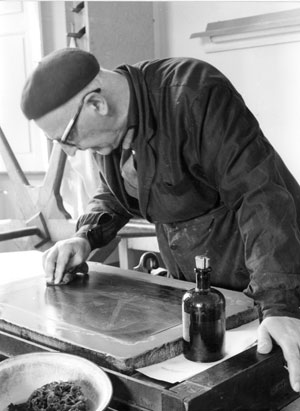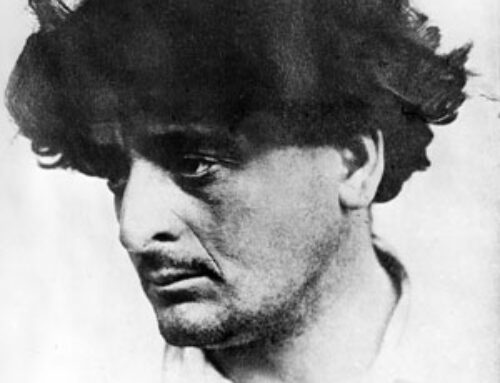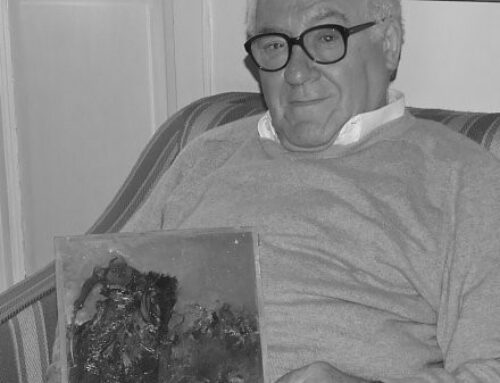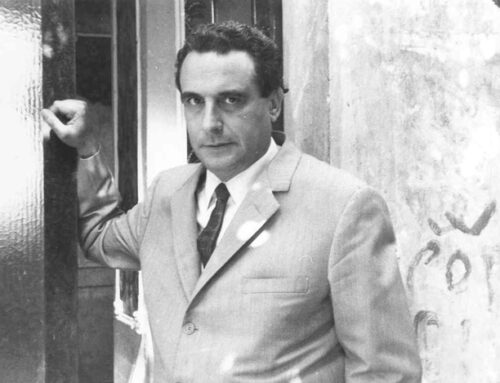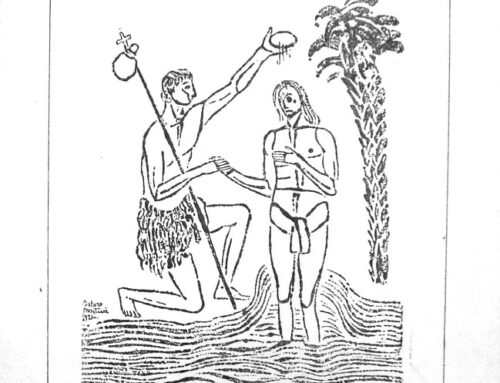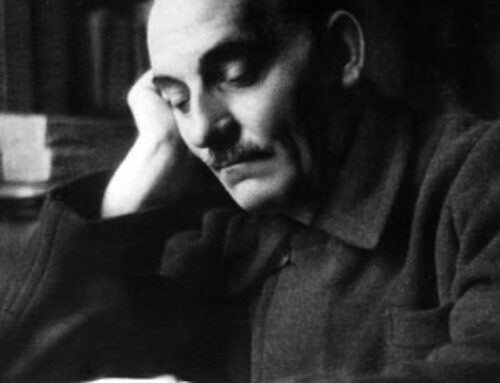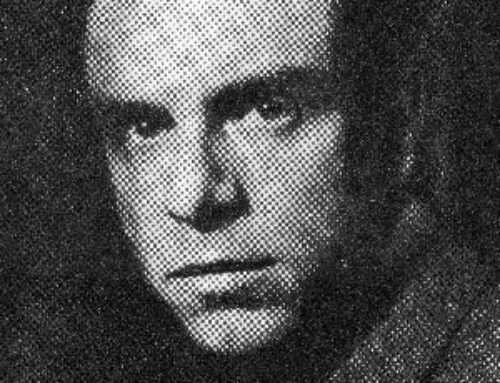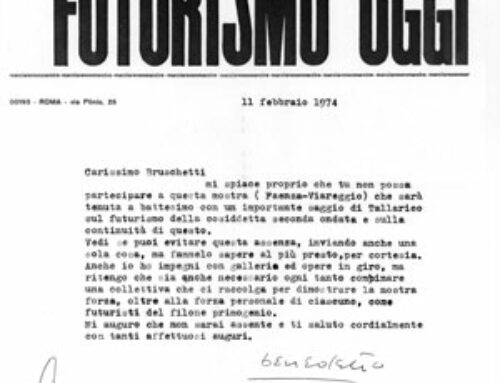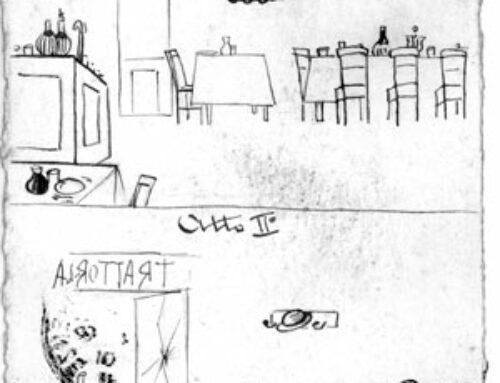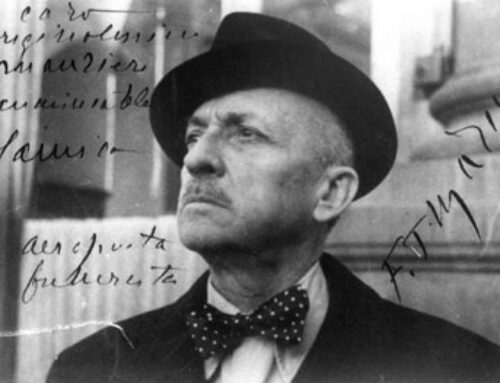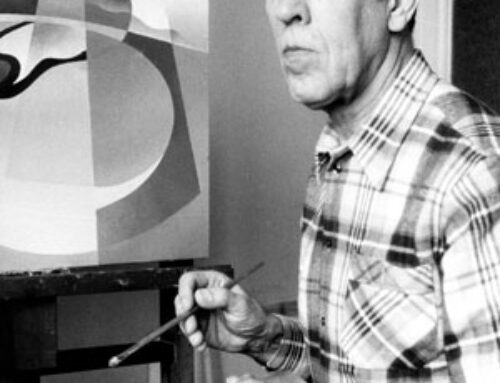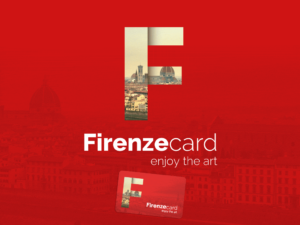(Venice, 1897 – Florence, 1974) painter, moved to Florence in 1912 where he attended the studio of Emilio Notte and came into contact with the “L’Italia futurista” group. Despite his critical positions toward the accepted spiritualist direction of the Florentine paper, in 1917 he published several free-word compositions there and, with Notte, the manifesto “Linear Geometric Foundation.” In 1918, again with Notte, he drafted a seven-point manifesto, which has remained unpublished, and which, signed by Primo Conti and Achille Lega, was supposed to create a split within the Florentine Futurist group. He designs the covers for various Futurist books, including “L’isola dei baci,” by B.Corra and F.T.Marinetti, “Un ventre di donna,” by E. Robert-Angelini and F.T.Marinetti, “Inchiesta sulla vita italiana,” by E.Settimelli, and in 1919 participates in the Great National Futurist Exhibition at Palazzo Cova in Milan and contributes cartoons to “Roma futurista,” “La testa di ferro,” “Bleu,” and “Poesia.”
N the 1920s he opened an advertising graphics studio, and some of his work was published in the English magazine “Commercial art.” In the 1930s he continued in the business of poster design and executed numerous covers for periodicals. On the occasion of the 7th Art Exhibition of the Interprovincial Fascist Union, he organized the Poster and Advertising Graphics Section in Florence, exhibiting many of his works. From 1937 to 1959 he was art director of the magazine “Scena illustrata” and from 1958 to 1963 he taught applied art at the Florence Art Institute.
The Lucio Venna Landsmann Fund is divided into the following sections: Correspondence, divided into letters addressed to Venna from various correspondents (Apella, Baldessari, Bargellini, Bemporad, Ginna, Gottuso, Lega, Notte, Rosai, Sassu, and numerous others) and minute letters from the artist that help recreate entire correspondence, for example, that with Notte, Ginna, and Apella; Manuscripts, which collects Venna’s autographs and typescripts, an important reservoir of useful information for reconstructing Venna’s intellectual and artistic biography, as well as manuscripts attributed to others, mostly traceable to the artist’s political-bureaucratic activity for many years as a member of the National Federation of Artists, P.C.I., E.N.A.P.P.S., and I.D.I.T; Photo library, divided into photos of the artist and photos of his works; Periodicals, including the titles “Art and Synthesis,” “Literary Sextant,” “The Attic,” and “Illustrated Scene.” Press review, which covers a wide chronological span, from 1917 to 1973; Library, a rich collection of catalogs of exhibitions in which Venna took part; Drawings, including a portrait of Venna executed by Raphael Franks, with dedication; Miscellaneous, which collects material concerning the numerous exhibitions in which Venna participated (invitations, pamphlets, regulations, posters, admission cards, etc.) and a significant number of private and public administrative pieces documenting his membership in the aforementioned associations (postal coupons, advertising pre-prints, invoices, bills, cards, receipts).

